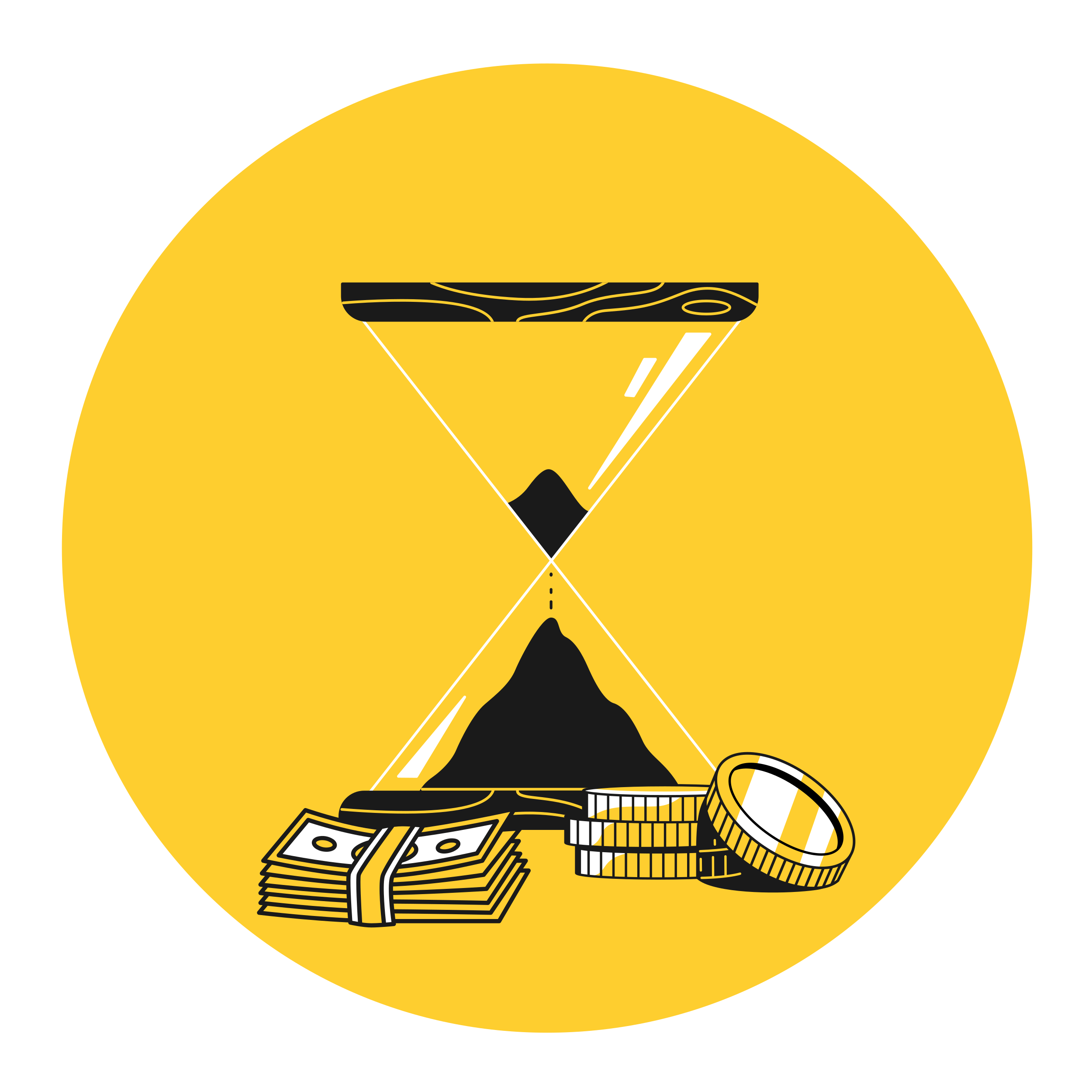You can’t navigate your way online, or into a public place of any kind for that matter, these days without being inundated with news about inflation, inflationary pressures and what inflation is doing to you. There are many reasons for the current situation, including geopolitical crises, ongoing wars, supply side constraints and challenges, changes in demand following (or continuing in wave x, y, z) the pandemic, energy markets and a variety of factors there, employment/unemployment, and the list could go on. Interestingly, some are keen on blaming Millennials, as if a single segment of the population is somehow at fault here … Millennials are to blame for sky-high inflation, strategist says. Bottom line is that there is no shortage of strife and disagreement to be had about the current macroeconomic situation.
In the midst of all of this chatter and the real impacts of the situation on real households remains the need for individuals to decide what to do with their money. Articles like How to Invest When Inflation is Bad and a Recession May Loom and Inflation Soared in June, Pinching Consumers and Challenging Policymakers start to drive to the point that we still need to make decisions, spend money, procure goods, invest, save, and, well … live. Given that ongoing debate, there may be some value in driving back to the basics regarding the time value of money.
Why is a dollar today worth more than a dollar tomorrow (or any time in the future)?
Well, the top-of-mind reason is INFLATION. Simply stated, inflation means that the dollar will purchase less goods and services in the future.
Now, it is worth reminding ourselves that inflation is unfortunate for us as consumers, but compound interest (investing and earning interest, which compounds over time!) is the side of this that we as individuals/consumers can make FOR us rather than against us.
But inflation is not the only reason a dollar today is worth more than a dollar in the future. There’s also OPPORTUNITY COST, or the fact that if you have the dollar today, you can invest that dollar today and earn interest on it. If you don’t get the dollar until tomorrow, then you have missed out on the opportunity of today.
- More generally, regarding opportunity cost, everything we do has an opportunity cost in the sense that whatever choice you make, you are sacrificing a different one. I chose to spend my time writing this piece on the time value of money; therefore, I did not write a piece about gerbils, or goldfish or anything else.
There are two remaining reasons why a dollar today is worth more than a dollar tomorrow, and they are the simplest yet most often forgotten reasons of all:
1) The dollar could be used for CONSUMPTION, meaning you could spend the dollar on goods/services that you could buy/use/consume/enjoy today.
2) There is risk involved in all future time periods. (I mean, there is risk today too, but there’s even less certainty as I start looking at time periods in the future). There’s risk that I don’t show up to give you the dollar tomorrow. There’s risk that the mechanism designed to transfer rights to the dollar from me to you tomorrow change, fail or cease to exist. There’s risk that you aren’t here to collect your dollar tomorrow. There’s lots of RISK involved with these future time periods, including when the future is simply tomorrow or further away.
Again, there is no shortage of media attention on job reports, employment stats, consumer confidence in this, that, and the other, and many other facets of the economy. Considering that we as consumers and as producers/employees/businesses must function and make decisions amidst the current uncertainties, it seems worth a ‘back to basics’ lesson on the time value of money.
ConsumerCorner.2022.Letter.27





